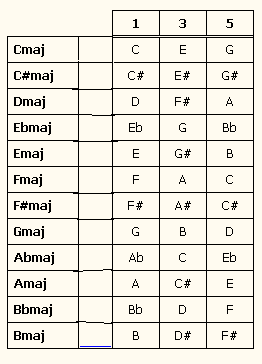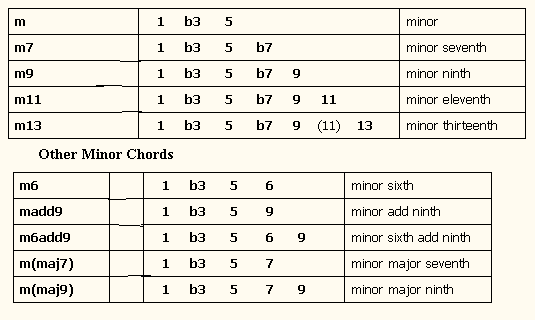|
Music Theory.
Ok. So
we want to understand some basic music theory in order to play the Diatonic Accordion.
Guess what? You are lucky enough to be starting with one of the easiest
instruments. This makes understanding music theory easier.
First lets define
some words that we will need to understand.
Note: Pitch
or Frequency of sound.
Key: A set of notes which are related to
each other by their relationship to a central or key not. In simpler terms, if
you remember primary school, the teacher would blow into a small circular whistle so that everyone could tune themselves to
the key.
Scale: Do,
Re, Mi, Fa, Sol, La, Ti, Do. This is a scale. A logical order of notes in
one key.
Sharp: Raise the note ½ tone. (Represented by #)
Flat: Lower the note ½ tone. (Represented by
b)
Interval: The distance between two notes.
Chord: A set of notes which are sounded together and which sound good together. Usually three or more notes, the simplest form being the triad. (3notes)
Diatonic/Chromatic:
These are opposites. Chromatic means including every semitone. Diatonic means in
Tone: The distance on a piano between any white key and another white key, as long as there is a black key between
them.
Semi-tone: The distance between a white key and a black key,
or between two white keys that do not have a black key between them.

Chords and Arpeggios.
Use the following chart to help you figure out what the notes are for each
major chord.

Seventh Chords and Extensions.
Use the following chart to help you figure out what the notes are
for each Seventh chord and other extensions.

Chords and Arpeggios.
Use the following chart to help you figure out what the notes are for each
Minor chord, minor seventh and extensions.

|